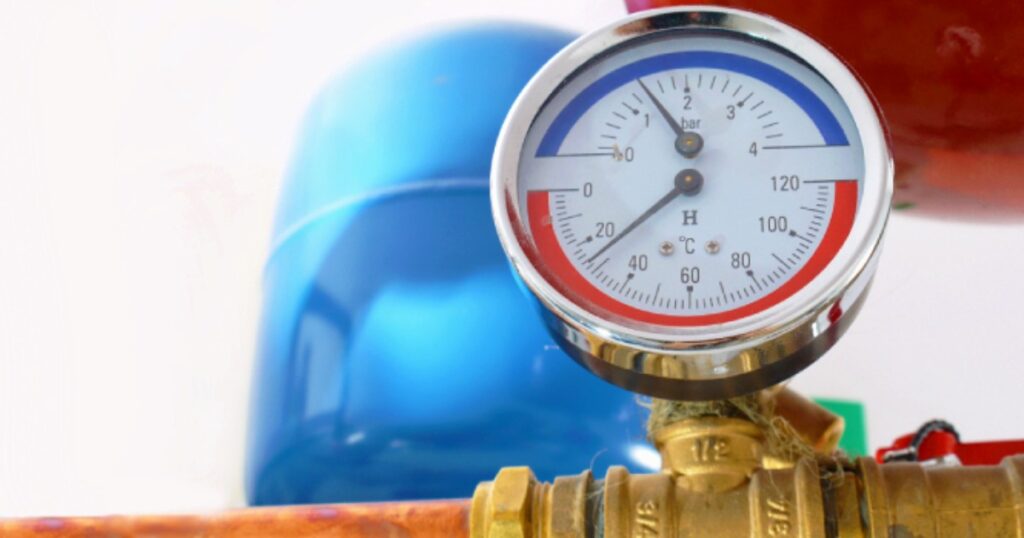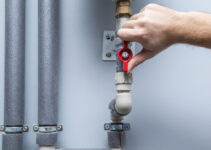Imagine you entered your house to find a water pond all around. Stressed, tiring and scary moment to imagine. If it happened accidentally, then you may have to face several consequences, but if you are aware of it, then you can have to prepare a lot beforehand. When increasing water pressure in the house, you must follow several things to ensure your process attracts safety and works effectively.

Let’s look at the precautions one should take:
- Inspect the current water pressure: Before fixing or correcting anything, measuring the current water pressure in your house is important. You can measure the pressure using a gauge which connects to a hose bib, or it is advisable to consult a plumber to determine the baseline pressure.
- Know the commended pressure range: The idealized water pressure for residential properties is 60 psi(per square inch). It is necessary to remember that the pressure should not exceed the recommended range, or it can lead to damage to plumbing fixtures and appliances.
- Choose the right pressure regulator: Most houses have a pressure regulator installed in the main water supply entrance. The device controls the water pressure and may need adjustment or replacement to increase the pressure. Discover the regulator and understand how it operates.
- Ask for a professional: If you are not good with plumbing, consider calling a plumber for help. They have the expertise to handle the task safely and can provide guidance based on your specific plumbing set-up.
- Check for any leaks or other issues: After adjusting the pressure, cautiously inspect your plumbing system for any indication of any leaks, bursts, or unusual noises. Increased pressure can stress older or weakened pipes, so it’s important to be vigilant for any problems.
- Accommodate the pressure regulator: If you are confident enough to make changes, look for the regulator’s manual or follow the manufacturer’s instructions for increasing the water pressure. Many regulators contain a screw or bolt that you can turn clockwise to raise the pressure. Make minor adjustments and check the pressure periodically until it reaches the desired level.
- Set up pressure-reducing valves: If there is an absence of a pressure regulator or a need to reduce pressure in specific areas, consider installing pressure-reducing valves.
- Regular maintenance is important: Once you have increased the water pressure, it is important to check and maintain the system regularly. Inspect for leaks, monitor pressure levels, and inform any issues to ensure the longevity and efficiency of your system.
- Shield your appliances and fixtures: Some appliances and fixtures may have recommended pressure limits. One should ensure the increased water pressure should not exceed the limits so that there is no damage to your washing machine, dishwasher, geyser, and all the other water appliances in your house.
- Contemplate getting water hammer ancestors: Water hammer is a very irritating noise that comes from the water pipe when turned off briskly. To prevent this, you should install water hammer arrestors near appliances or fixtures to prevent this issue.
- Understand your plumbing system: You should know the components of your plumbing system. Identifying the main water supply valve and any pressure-regulating valves installed at your place is important. This understanding will always help you to opt for smart choices and help you find issues regarding water pressure at your house.

Wrapping Up : Increase Water Pressure in Your House
It is important to remember that proper water pressure is crucial for the proper function of your plumbing system. Increased or decreased water force can call for immediate action! Do not miss to be alert when you are dealing with the blue element.
